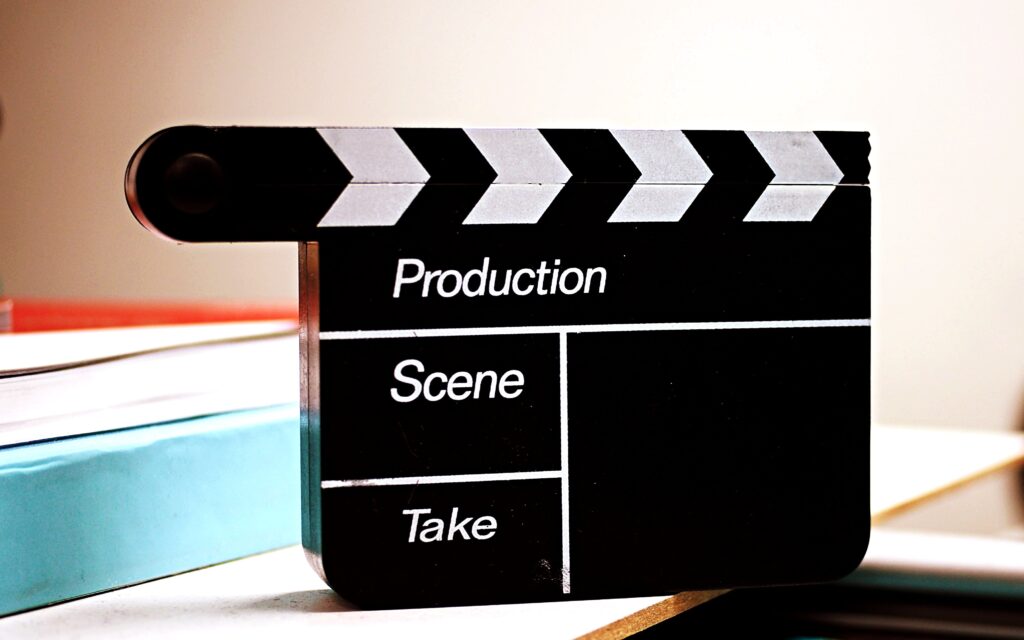A little more than a year has passed since the release of Irish Man; Martin Scorsese’s artistic sensitivity in making cinema, made up of stories and characters, as well as worlds that really existed, almost always takes us on a journey through time. Every time we watch one of his films, we can perceive a new but always identifiable sensory experience in the rediscovery of forgotten eras. In Irish Man, the authoritative Italian-American director made a choice that in the eyes of a pure filmmaker, which he is, might be out of tune, but thanks to his spontaneous perseverance in defending cinema as art, in this title the use of special effects represented a truly innovative turning point in the history of cinema. The Industrial Light and Magic, with the aim of developing a capture tool for CGI, but such as not to hide the face of the actors during the dialogues, has developed for IrishMan a technique of de-aging, rejuvenation, through markers “invisible” on the faces of actors, but these markers, to be captured require three lenses on each arm of the cameras (Scorsese’s main camera and two “witness”; infrared cameras) to ensure an optimal conversion in 3D in which ILM has invested two main software: Medusa, a software capable of capturing a series of expressions and generating from them a series of models ensuring harmony in mixing multiple animations (expressions) and multiple facial shapes together and the Flux software (facial and light component of it) capable of analyzing the facial performance of the actors in the scenes, through a super detailed 3D model of the face (from pores to wrinkles). In short, a new level of development for the creation of so-called digital humans, more and more believable. Before doing so in IrishMan, tests were carried out on the actors using their previous films, investing 2 years of research in the selection of the most representative ones and creating an archive on the facial performance of each actor. This is because each character played in past films provided a different stereotypical facial image as the anatomy of the expressions was handled in a specific way. In order to fully respect the scenes in the different historical periods and therefore the age of the characters in the film, has obviously contributed the admirable acting of the actors (Robert De Niro, Al Pacino and Joe Pesci) bound to certain behaviors, movements, gestures, postures and dialogues in the filming with the use of re-aging, which has allowed to rejuvenate them of 10, 20 and 30 years less! Martin Scorsese in an interview said << it’s a matter of using special effects as make-up>>; and although more complex to manage from a directorial and acting point of view all this paradoxically contributes to make the experience on the set even more energetic, the experience on the set even more alive: a specific and above all sensitive use of special effects paradoxically makes the set, real cinema. Scorsese in other films such as Hugo and the Wolf of Wall of Street had already experimented with a limited use of special effects, but in IrishMan the evolution of digital marries the essentiality of the purpose of the film: the characters.
Therefore, watching the film, although the three actors appear to our eyes with digital graphics comparable to that of an ultra-sophisticated video game, behind the making-of of these scenes, lies the authentic performance of the actors themselves as we know them in classical guise and indeed, taken beyond the limit given the needs of the film by Scorsese, who once again affirms himself as one of the most representative filmmakers, capable of making cinema an art even more, vital, even with the advent of hypersonic advanced technologies in this new digital age.
Author: Francesco Carleo
